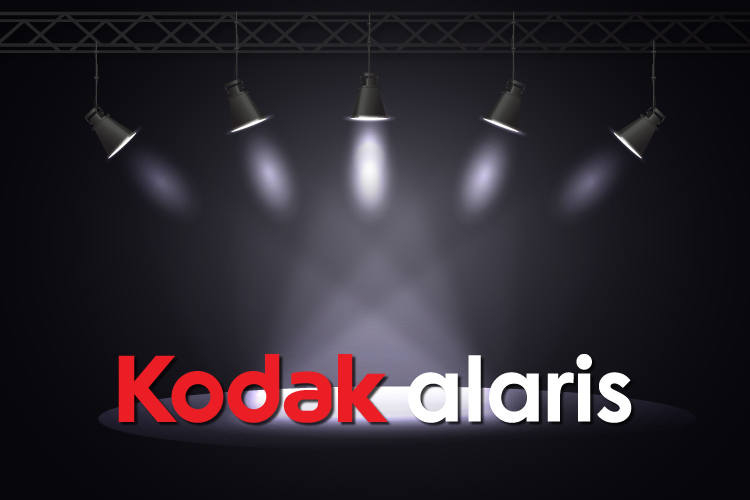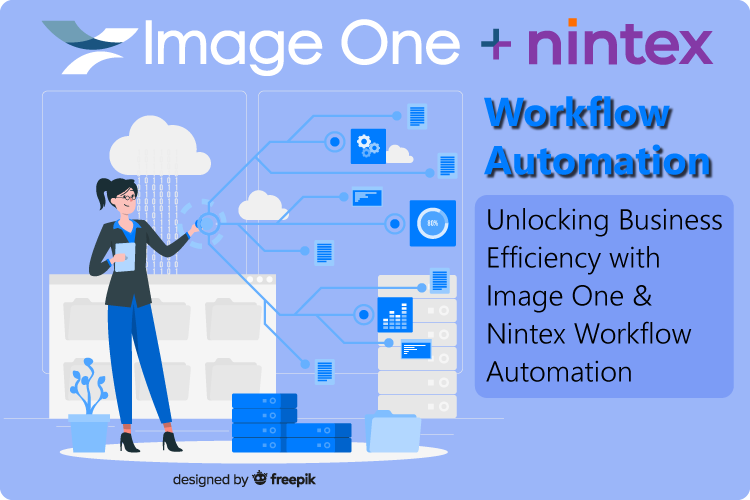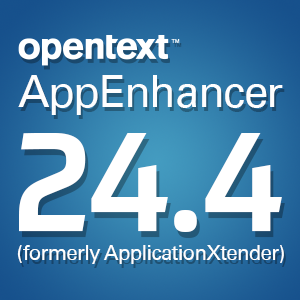Building and construction industries going paperless
Monday, April 22, 2013Architecture, building and construction are inherently paper-heavy industries, and as more of these companies go paperless, there are immense opportunities for cost savings and increased efficiency. By implementing digital document management software, these businesses can make information more easily accessible from anywhere, fueling faster project completion.
The U.S. Green Building Council (USGBC) has been utilizing an electronic document management system to reduce paper waste and streamline workflow. Since the solution was first introduced in 2005, a multitude of advancements have furthered the benefits of this technology. A group certification feature allows project teams in disparate buildings to certify as one unified project. Additionally, a new interface has enabled faster approval processes across multiple projects, providing a more flexible structure that supports collaboration across various teams. These new features have contributed to significant cost and time savings by allowing users to certify multiple buildings more quickly and easily.
Keeping contractors on the same page
The Colorado Springs Business Journal reported that a local construction firm, Bryan Construction, has also embraced technology to go paperless. According to the source, instead of countless rolls of blueprints and hundreds of pages of instructions, crews for the firm are using iPads to view digital building plans, change orders, photos and meeting minutes. This allows crews to review changes and discuss the project on central monitors together as opposed to flipping through clunky packets. Bryan is working on two simultaneous projects, one at the U.S. Olympic Training Center and another off Interquest Parkway and Federal Drive, with the paperless solution, which has eliminated the need for a storage warehouse to archive related documentation.
Doug Woody, project engineer at Bryan Construction, explained in an interview with The Colorado Springs Business Journal that the company has already saved more than $8,000 by not printing blueprints. He also claimed that he personally has been 25 percent more productive by not having to cut, paste and mail changes. Project engineer John Snyder estimated that he spent one day a week cutting and pasting architectural supplemental changes, but now he can ensure that every subcontractor has access to this information from a computer or iPad, freeing up time to be more productive and eliminating potential errors.
Michael Gifford, president of the Associated General Contractors of Colorado trade organization, told the Business Journal that the construction industry has been rapidly shifting toward digitization.
"Paperless workflow has advantages in terms of efficiency and communication," Gifford said, according to the source.
Using digital conversion services not only reduces dependency on paper resources for blueprints, contracts, plans and other documents, but also promotes more efficient, informed decision-making in the building and construction industry.
Brought to you by Image One Corporation providing complete information governance since 1994.




